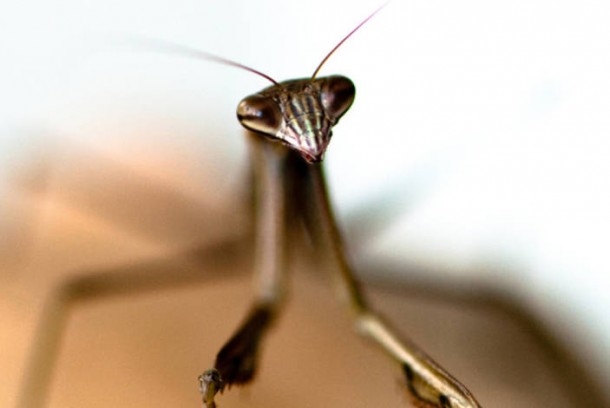U.S.A. Imagine a lion that chances upon both a gazelle and a lone, baby elephant. The lion in question is faced with a dilemma: Spend the energy chasing after the gazelle which upon capture would be easy to consume, or attack the slower moving elephant which requires a lot more energy to kill and consume?
Optimal foraging theory suggests that predators attempt to maximize their energy intake for their energy expenditure. One key component within this theory is handling time: the time spent capturing, eating and digesting prey.
Reducing handling time is favorable because with it comes less energy spent handling prey. So predators choosing which prey to attack should prefer prey with the shortest handling time. However, handling time is not a constant and varies depending on prey characteristics such as size, toxicity and abundance. Furthermore, predator condition such as age and hunger may influence handling time by changing predator behavior. These two factors, prey characteristics and predator condition, work in tandem to determine potential handling time and, thus, prey choice.
Predator pursuit speed can be measured in order to infer handling time and provide insight into prey choice. Introducing two different types of prey to a predator may lead to the predator increasing its pursuit speed towards one prey relative to another. Because this also decreases handling time, we can infer that the predator prefers the prey with decreased handling time. For example, seeing how quickly a child runs towards a bowl of ice cream versus a plate of spinach reveals his/her preference.
However, the decision to increase pursuit speed may be compounded by prey characteristics and predator condition. Prey size and predator satiation are two measurements that represent prey characteristics and predator condition, respectively. Will a predator move faster towards large prey, which takes more energy to consume but offers more energy, or towards small prey, which are easier to consume but offer less reward? Will a starving predator move faster than a satiated predator towards prey, or does the risk of alerting the prey increase with pursuit speed, thus keeping starving predators from hurrying towards prey? How do these two factors interact to determine prey choice?
I investigated these questions through the praying mantis — Hierodula venosa — which is common in Singapore. I looked to determine the effects that hunger and prey size have on pursuit speeds.
Results indicated that pursuit speed decreases with increasing satiation. This showed that the attempt to quickly gain energy outweighs the risk of alerting prey. Larger-sized prey elicit the fastest pursuit speeds for starving mantids at low satiation levels. However, as mantids become more satiated, smaller prey elicit the fastest pursuit speeds. Applying optimal foraging theory to these findings offers a possible explanation of these findings. The bias towards large prey for starving mantids is most likely an attempt by the mantids to quickly increase their energy intake with one capture. This can ensure that, even if the mantis is exposed to subsequent periods of starvation, it may survive on the nutrients from this capture. The shift in preference towards smaller prey as satiation increases may be a response to larger prey not being energetically worthy of capture. In other words, a mantis that’s well fed won’t waste its time attempting to capture large prey when smaller prey would work just fine. Although an interaction between predator satiation and prey size was found, pursuit speeds appeared to be based largely on level of satiation as pursuit speeds were similar at common satiation percentages irrespective of prey size and initial hunger level.
Understanding just how the factors that affect handling time interact and their relative importance to one another is crucial in gaining further insight on predator behavior and prey choice. Other prey characteristics and predator conditions, such as prey mobility and camouflage and predator age and experience to specific prey, may impact handling time. Through optimal foraging theory, scientists have learned much about foraging behavior. Even so, expansions are necessary to determine what represents a higher quality of prey and under what conditions, if any, does the status of higher quality diminish.

